#Alps mountains
Text

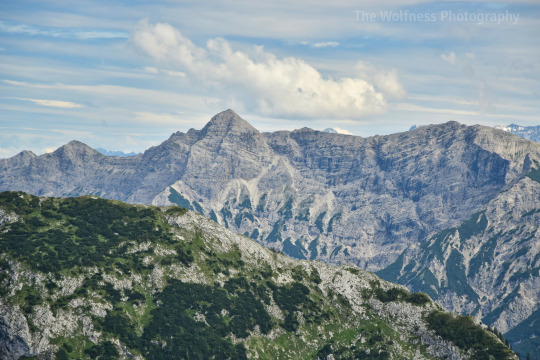
Ostallgäu Alps
Bavaria. Germany
#landscape#landscape photography#nature#nature landscape#nature photography#sky#clouds#cloudy#Mountain#Mountains#Alps#Alps mountains#Bavarian Alps#Allgäu Alps#Ammergau Alps#Ammergauer Alpen#European mountains#mountainscape#mountain landscape#Ostallgäu#Bavaria#Bayern#Germany#photographer on tumblr#original photography#original photographers#original photography on tumblr#original photography blog
255 notes
·
View notes
Text

My father, the photographer who took this picture, passed away suddenly today. We're all in shock and disbelieve.
Rest in peace, Papa. You're sorely missed. ❤️
#photography#loss#sad#death#death of a parent#tw: death#alps mountains#view#nature#bavaria#cross#church#catholic
11 notes
·
View notes
Text
Glaciers in the Alps have lost a striking 10% of their volume during the last two years.

The 2023 European State of the Climate (ESOTC) report highlights that in 2023, much of Europe saw fewer snow days than average, particularly in the Alps. Coupled with high summer temperatures in the region, this resulted in exceptional glacier ice loss in the Alps. In fact, glaciers in all parts of Europe saw a net loss of ice in 2023.
Glaciers in the Alps have lost a striking 10% of their volume during the last two years.
Much of Europe experienced fewer days with snow than average in 2023, particularly across central Europe and the Alps during winter and spring.
Southwestern Scandinavia saw close-to or above-average snow day anomalies in many locations during winter and spring.
Glaciers in all parts of Europe saw a net loss of ice in 2023.
The Alps saw exceptional glacier ice loss in 2023, linked to below-average winter snow accumulation and strong summer melt due to heatwaves.
In the last two years, glaciers in the Alps have lost around 10% of their volume.
The cryosphere encompasses all parts of the Earth system where water is in solid form, including ice sheets, glaciers, snow cover, permafrost and sea ice. In this section, we focus on snow cover and glaciers across Europe. More information about sea ice can be found in the ‘Arctic Ocean’ section, and long-term trends in sea ice, ice sheets and glaciers are also covered from a global and European perspective in the climate indicators.
Snow is an Essential Climate Variable, playing an important role in the climate system due to its high albedo, thermal insulation, and contribution to soil moisture and runoff. Changes in snow cover can impact many other aspects of the Earth system, from temperatures to glacier melt, to river flow, flooding and droughts.
Changes in glacier mass balance are directly linked to climate change and are important for climate system monitoring. For example, glacier melt contributes to runoff and to sea level rise. Over the last few decades, glaciers around the globe have been experiencing mass loss, and the European Alps is one of the regions where glaciers are shrinking the most.
Snow days
WINTER
SPRING
AUTUMN

Figure 1a. (Left) Number of snow days in winter 2023. (Right) Anomalies in the number of snow days during winter 2023, relative to the average for the 1991–2020 reference period. Shades of grey indicate more snow days than average; shades of green indicate fewer snow days than average. Locations with a close-to-average (within +/- five days) number of snow days are not shown. Winter covers the period December 2022 to February 2023. Data source: ECA&D[1]. Credit: C3S/ECMWF/KNMI.
Much of Europe saw above-average precipitation and warmer-than-average temperatures during 2023, with the exception of Scandinavia. Here, temperatures were generally below average in spring and autumn. Precipitation and temperatures both saw marked variations throughout the year. This is discussed further in the ‘Precipitation’ and ‘Temperature’ sections.
For Fennoscandia, a combination of several months of above-average precipitation and cooler-than-average temperatures led to many locations seeing a near-average or higher-than average number of snow days. During winter, spring and autumn, most parts of southwestern Scandinavia saw 10 to 20 more snow days than average. In winter, some parts of northern Scandinavia near the west coast saw up to 15 more snow days than average, while others further inland saw as many as 89 fewer snow days than average. A similar pattern was seen in spring, with locations near the western coast seeing positive anomalies of up to five days, while others further north and inland saw far fewer snow days than average.
With a few exceptions, the rest of Europe generally saw a well-below average number of snow days during winter, and a close-to (within five days) or below-average number during spring. In the Alps in winter, just three locations saw more snow days than average (11–19), while most saw far fewer than average. Several locations saw anomalies ranging from -10 to -30, but in a few locations there were 76 to 89 fewer snow days than average. This equates to almost the entire winter without snow. In central Europe, many locations saw between 5 and 20 fewer snow days than average in spring. This number reached up to 37 at one location in the Alps and up to 83 in northern Italy. Several stations recorded a well-below average number of snow days during both winter and spring.
During autumn, several locations across central Europe saw a below-average number of snow days, related to the warmer-than-average temperatures.
A lack of snow during winter and spring has implications for conditions later in the year. For example, together with heatwaves and higher-than-average temperatures, it can contribute to drought conditions. Snowmelt during spring and summer is an important source of water for many of Europe’s rivers. Positive anomalies in the number of snow days can be beneficial for hydropower and soil moisture, for example, but fast snowmelt due to increasing temperatures can lead to risks of flooding and avalanches.
Snow is also an important factor influencing glacier melt. In Europe, glaciers accumulate snow during winter and spring, and snow cover can delay melting of glacier ice in spring and summer by increasing the albedo of the glaciers. A lack of snow at the start of the year combined with warmer-than-average temperatures can result in increased mass loss from glaciers.
Glaciers
EUROPE
CENTRAL EUROPE
SCANDINAVIA
ICELAND

Figure 2a. Mass change of glaciers across Europe for the 2022–2023 hydrological year (1 October 2022–30 September 2023). Annual mass change values are given in the unit ‘metre water equivalent (m w.e.)’, representing a glacier-wide average of 1000 kg m-2 and, accounting for ice density, corresponding to 1.1 m of ice thickness. Positive balances (increase of ice) are indicated in blue and negative balances (loss of ice) are indicated in red. Data source: WGMS. Credit: WGMS.
Glacier changes are measured in hydrological years, accounting for the seasons of accumulation and melt. In Europe, the hydrological year starts on 1 October with the winter accumulation season and finishes on 30 September of the following year with the end of the summer melt season.
During the 2022–23 hydrological year, glaciers in all European regions saw a loss of ice[2]. In some regions, this is in contrast to 2022, which saw a slight increase in the mass of glaciers in southwestern Scandinavia and Iceland. Despite the cooler-than-average summer temperatures and above-average number of winter snow days during 2023 in southwestern Scandinavia, summer melt likely exceeded any slight gain in mass during the accumulation season.
The Alps is one of the regions of the world where glaciers are receding most rapidly, alongside Iceland, the southern Andes, Alaska, western Canada and western parts of the USA. 2023 was another exceptional year of ice loss in the Alps, following the record ice loss in 2022, due to below-average winter accumulation and strong summer melt. Above-average temperatures across the region during January to March likely resulted in precipitation falling as rain rather than snow. Many locations across the region saw far fewer snow days than average, with associated lower-than average glacier accumulation.

Figure 3. (Top) Surface solar radiation anomalies (W/m2) for June, July, August and September 2023, relative to the respective monthly average for the 1991–2020 reference period. Data source: CM SAF SARAH-3. Credit: DWD/EUMETSAT CM SAF. (Bottom) Average surface air temperature anomalies (°C) for June, July, August and September 2023, relative to the average for the 1991–2020 reference period.
Above-average temperatures during the summer, including an exceptionally warm period in August, and well-above-average temperatures during September, increased glacier melt in the Alps during the melt season. For Europe as a whole, September also had the most pronounced surface solar radiation anomaly for the year, of 12 W/m2 above average, and sunshine duration of 35 hours above average. In the Alps, June also saw strong positive anomalies of surface solar radiation, of up to 65 W/m2. More information on sunshine duration, surface solar radiation and cloud cover is given in the ‘Solar and clouds’ section. While the end of September marks the end of the typical melt season, and the hydrological year, when the data for 2023–24 are analysed, warm temperature anomalies in October are likely to be found to have impacted the start of the winter accumulation period.
In Switzerland, glaciers lost 4% of their ice volume during 2023, following a loss of 6% in 2022, which was a record year for ice loss in the Alps as a whole. This means that, in the last two years, glaciers in the Alps have lost around 10% of their volume[3].
More information on long-term changes in glaciers across the world can be found in the ‘Glaciers’ climate indicator.

#alps mountains#glaciers#snow cover#europe#state of the climate#glacier ice loss#snow & glaciers#esotc
0 notes
Text
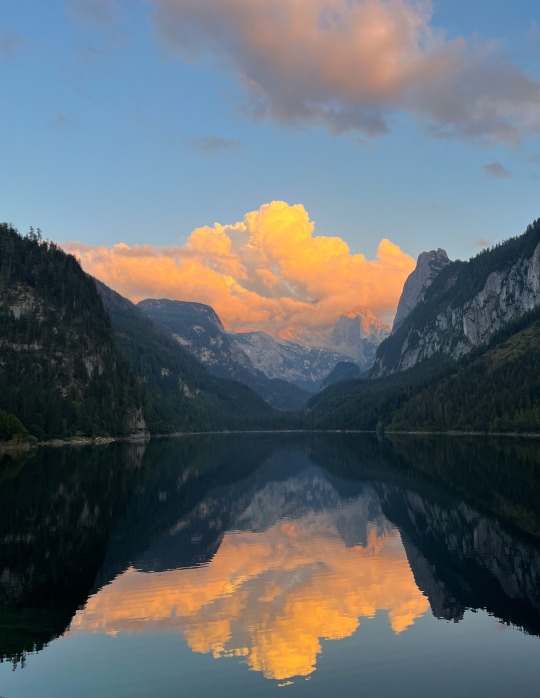

Clouds over the glacier
Gosausee, September 2023
#I have so many pictures to edit but these are my favorite ones so far I think!#original#sunset#nature#landscape#mountains#alps#Austria#original photography#nature photography#original photographers
8K notes
·
View notes
Text

Happy New Year :)
7K notes
·
View notes
Photo

Sunset on the Matterhorn - Alpine Haute Route, June 2021
photo by: nature-hiking
#sunset#matterhorn#lake#mountains#landscape#alps#switzerland#zermatt#sunset on the matterhorn#AHR#Alpine Haute Route#long distance trail#wilderness#hiking#trekking#nature#photography#original photography#photographers on tumblr#AHR 2021
5K notes
·
View notes
Text
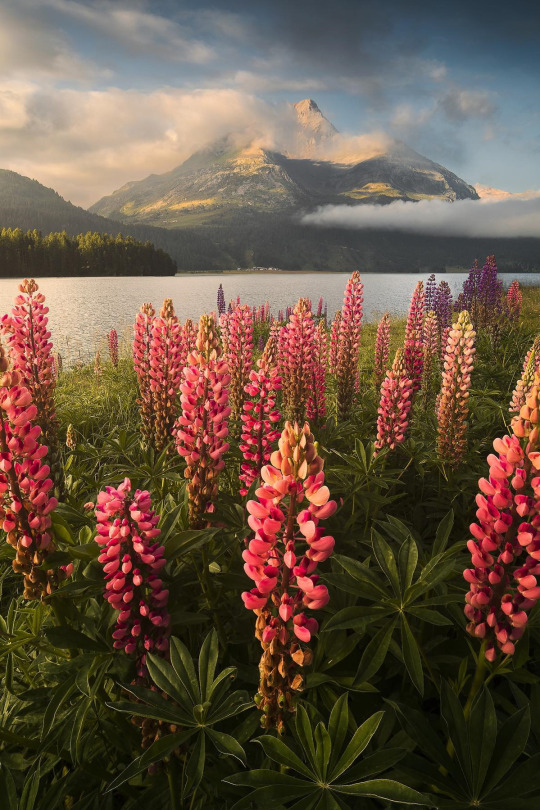
Lupines in bloom | roksolyana_hilevych
8K notes
·
View notes
Text

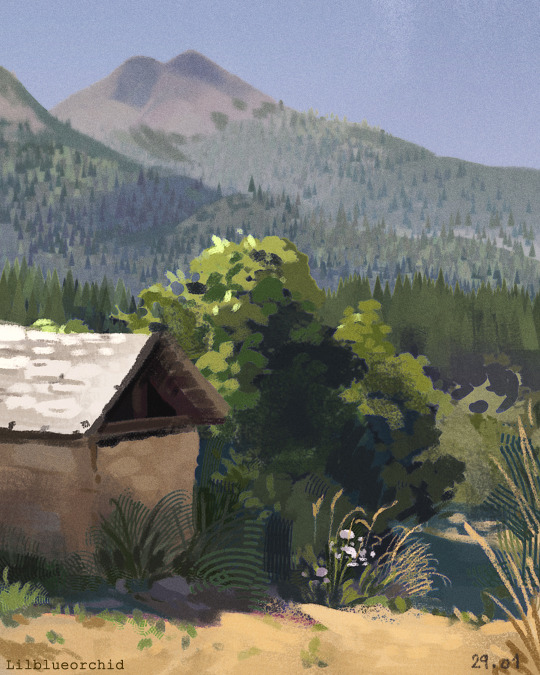

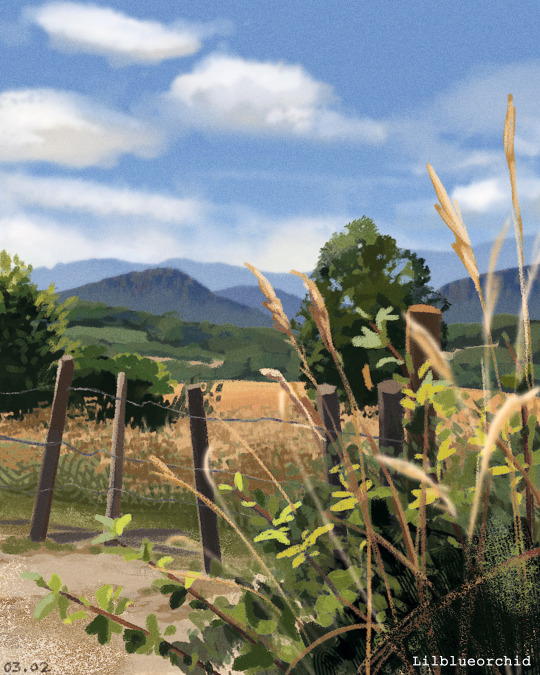
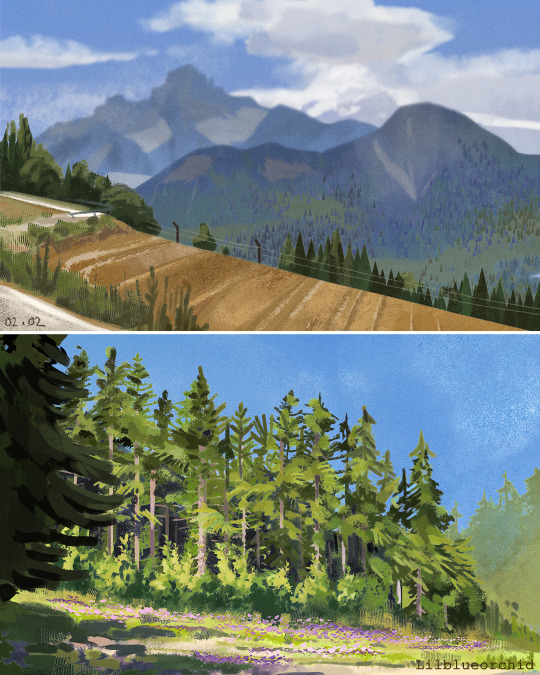
Sunbathed memories
Happy new year!!!! 30min daily paintings are back but for how long hahaha
#landscape#scenery#background painting#travel#cottagecore#cottage#mountains#french alps#countryside#summer#sunny
2K notes
·
View notes
Text

(by sarahcontesesaventures)
#vertical#landscape#x#a#watsf#curators on tumblr#mountain#snow#sarahcontesesaventures#Rhone-Alpes#France#Thônes#Thones
2K notes
·
View notes
Photo

Tolkien Valley
#5#nature#landscape#curators on tumblr#landscape photography#photography#nature photography#vertical#alps#mountains#trees#switzerland#europe
3K notes
·
View notes
Text
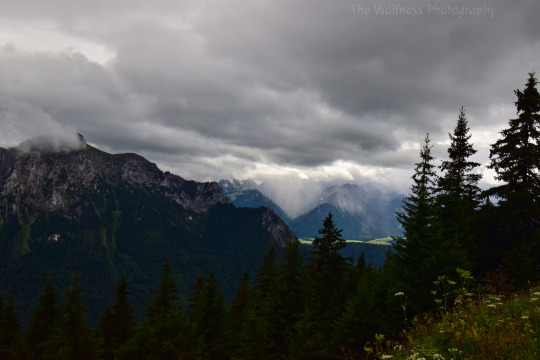

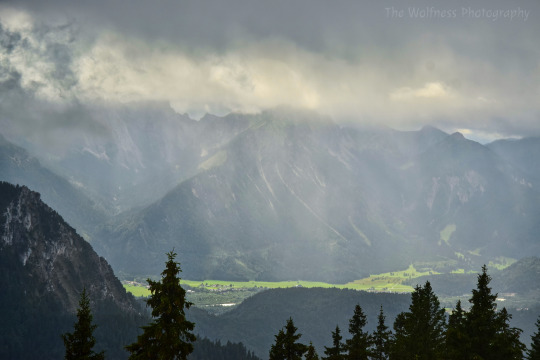
Rain in the Alps
Germany and Austria
#landscape#landscape photography#nature photography#nature#nature landscape#skyscape#skyscape photography#clouds#rain#rainy#mountain#mountains#Alps#Alps mountains#mountain landscape#mountainscape#misty mountains#rain in the mountains#Bavarian alps#Austrian Alps#European mountains#tree landscape#photographer on tumblr#original photography#original photographers#original photography on tumblr#Bayern#Bavaria#Germany#Austria
331 notes
·
View notes
Text
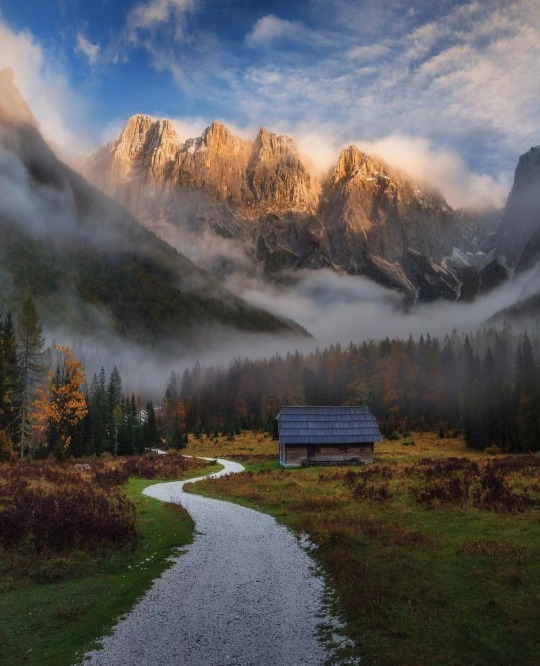
Julian Alps / Slovenia (by Boris Michalicek).
2K notes
·
View notes
Text
Be part of the Reading Mountains Festival!
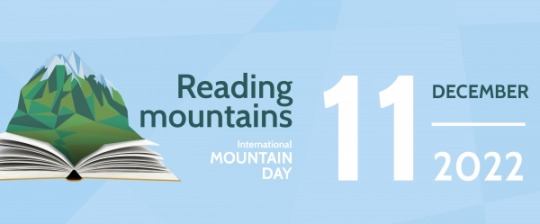
Fiction, poetry, art, photography, philosophy, history – the landscape of Alpine literature and culture is incredibly diverse and vibrant. The Alpine Convention, an international treaty between the eight Alpine countries and the European Union for the sustainable development and protection of the Alps, pays tribute to the Alpine imagination every year with the Reading Mountains Festival.
In 2022, the Festival enters its eighth edition, which will be a very special one as it takes place in the framework of the International Year of Sustainable Mountain Development. We therefore have a unique opportunity to increase awareness of the importance of this topic!
The sustainable development focus is further reflected in the theme of this year's International Mountain Day, and, hence, the Reading Mountains Festival: "Women move mountains". This is a chance to celebrate the women who are so integral to mountain societies around the world. You are welcome to organise a cultural or literary event dedicated to this topic, or any other topic relevant to the Alps or other mountain ecosystems around the world, for the 2022 Reading Mountains Festival.
If you have never been part of the Festival, we warmly invite you to join in and organise or attend an event that celebrates Alpine cultural heritage. This could take the form of a film screening, lecture, poetry reading, art installation, a guided hike – or any other format you think of. Help organise an experience that showcases the creative, the imaginative, the emotional – and maybe even the confusing – aspects of Alpine literature.
We invite you to celebrate the unique Alpine cultural heritage in this special year of sustainable mountain development. Join in from the Alps (or beyond) and help showcase the importance of the conservation and sustainable use of mountain ecosystems and celebrate mountains around the world. If you are interested, register here to be part of the Reading Mountains Festival!
The Permanent Secretariat of the Alpine Convention supports in the promotion of Reading Mountains events on social media as well as with posters, bookmarks, and other promotional materials (registration must be completed by 30 November 2022 to receive these materials).
Reading Mountains Festival 2022
11/12/2022 - 11/12/2022
Alps and beyond, Austria
#sustainable mountain development#Reading Mountains Festival#alps mountains#alps region#alpine convention#11 december#International Mountain Day#Austria
0 notes
Text
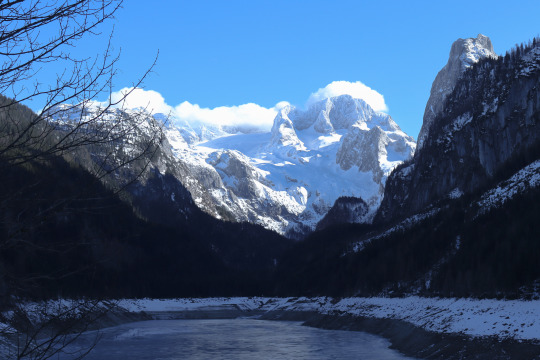

Snowy glacier
#original#dachstein#glacier#austria#alps#nature#landscape photography#mountains#lake#original photography#nature photography#winter
1K notes
·
View notes
Text

#alpe#alpi#abetone#toscana#tuscany#mountains#federica giordano#federicagiordanophotography#federica giordano photography#italian photographer#trekking#trekking lovers#trakking photography#lake
4K notes
·
View notes
Text

Alpine Mountain Stream 61/? - Alta Via 1, Italy, August 2023
photo by: nature-hiking
#stream#mountains#alps#dolomites#landscape#alpine mountain stream#Alta Via 1#Dolomites#Italy#hiking#backcountry#wilderness#nature#photography#original photography#photographers on tumblr#Alta Via 1 2023
3K notes
·
View notes